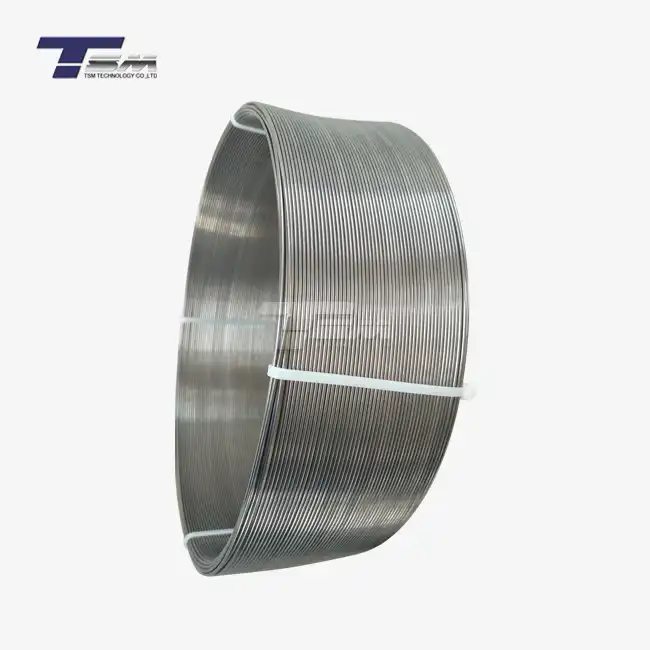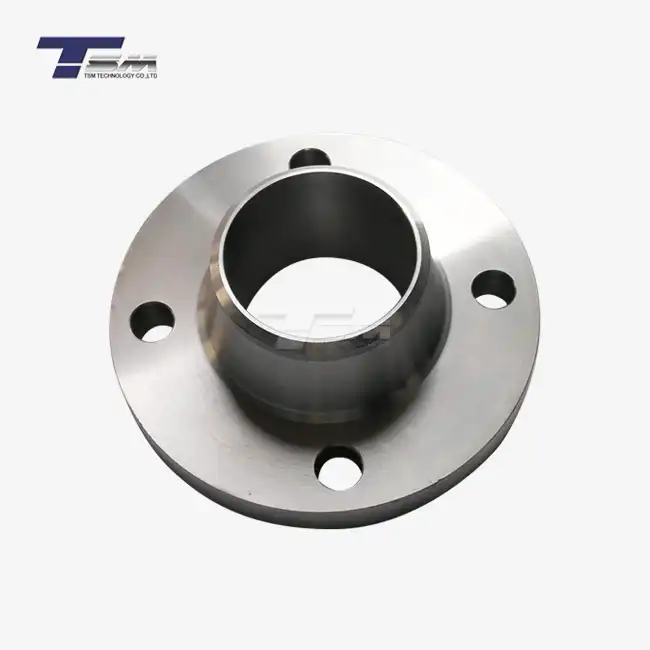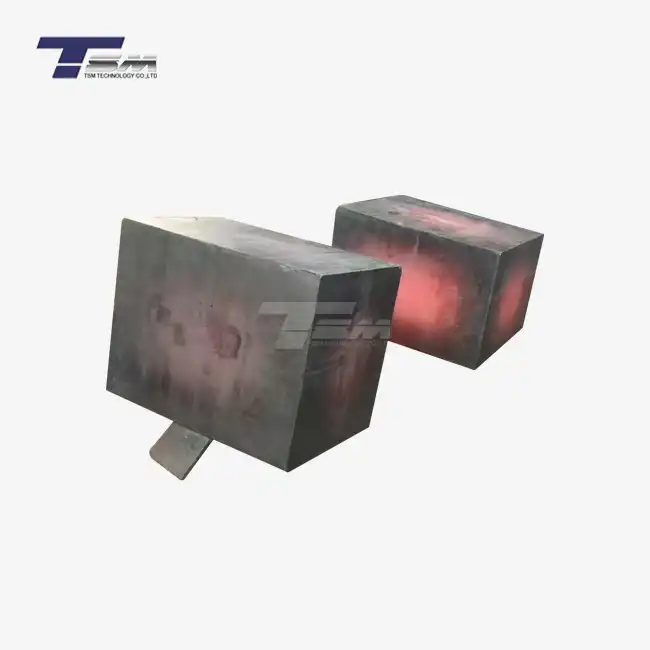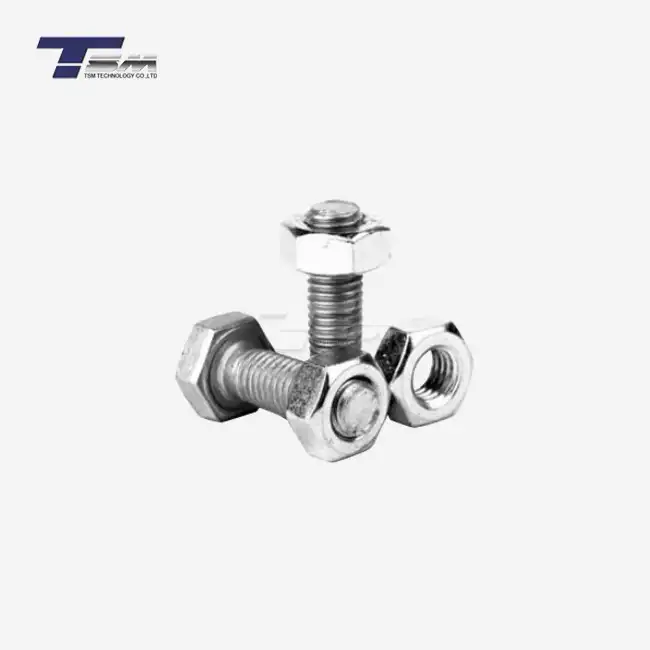Unique Properties of Nickel 201 Sheet for Aerospace Use
Superior Corrosion Resistance in Harsh Environments
Nickel 201 sheet exhibits remarkable corrosion resistance, a critical factor in aerospace applications where components are exposed to diverse and often aggressive environments. This alloy's ability to withstand oxidation, sulfidation, and other chemical attacks ensures longevity and reliability in aircraft parts. The aerospace industry often deals with exposure to saltwater, industrial pollutants, and extreme weather conditions, making Nickel 201's corrosion resistance invaluable. Its performance in these challenging scenarios significantly reduces maintenance requirements and enhances overall safety in aerospace operations.

Exceptional Strength-to-Weight Ratio
The aerospace sector constantly seeks highly-strength materials without adding excessive weight to aircraft and spacecraft. Nickel 201 plate delivers on this front, providing robust mechanical properties while maintaining a relatively low density. This optimal balance allows engineers to design components that can withstand the rigorous stresses of flight while contributing to fuel efficiency and payload capacity. The material's strength retention at elevated temperatures further enhances its appeal, ensuring structural integrity during the intense heat generated during high-speed flight or re-entry into Earth's atmosphere.
Thermal Stability and Heat Resistance
One of the standout features of Nickel 201 sheet is its exceptional thermal stability. Aerospace applications often involve exposure to extreme temperature fluctuations, from the frigid cold of high altitudes to the intense heat generated by engines and friction. Nickel 201 maintains its structural integrity and mechanical properties across a wide temperature range, making it ideal for components in jet engines, exhaust systems, and heat shields. This thermal resilience ensures consistent performance and reliability, crucial factors in aerospace engineering where failure is not an option.
Applications of Nickel 201 in Modern Aerospace Engineering
Engine Components and Exhaust Systems
Nickel 201 sheet finds extensive use in the construction of critical engine components and exhaust systems in aircraft and spacecraft. Its heat resistance and strength make it an excellent choice for combustion chambers, turbine blades, and exhaust manifolds. The material's ability to withstand high temperatures without significant degradation ensures the longevity and efficiency of these vital systems. Additionally, Nickel 201's resistance to oxidation at elevated temperatures prevents the formation of scale, maintaining smooth airflow and optimal engine performance throughout the lifecycle of the aircraft.
Fuel and Hydraulic System Components
The chemical stability of Nickel 201 plate makes it an ideal material for components in fuel and hydraulic systems. These systems often contain corrosive fluids and operate under high pressures, requiring materials that can maintain their integrity over long periods. Nickel 201's resistance to various chemicals and its ability to withstand stress make it perfect for fuel tanks, pipelines, and valve bodies. The material's low permeability also helps prevent fuel leakage, a critical safety consideration in aerospace applications.
Electromagnetic Shielding and Sensitive Instrumentation
Modern aircraft and spacecraft rely heavily on sophisticated electronic systems and sensitive instrumentation. Nickel 201 sheet plays a crucial role in protecting these systems from electromagnetic interference (EMI) and radio-frequency interference (RFI). Its non-magnetic properties and excellent electrical conductivity make it an effective shielding material, ensuring the reliable operation of navigation systems, communication equipment, and other critical electronics. The material's stability and resistance to temperature fluctuations also make it suitable for housings and enclosures for delicate instruments used in aerospace research and exploration.
Manufacturing and Processing Advantages of Nickel 201
Excellent Formability and Machinability
Nickel 201 sheet offers significant advantages in manufacturing and processing, making it a preferred choice for aerospace component fabrication. Its excellent formability allows for the creation of complex shapes and designs without compromising structural integrity. This characteristic is particularly valuable in aerospace applications, where aerodynamic efficiency often requires intricate component geometries. The material's good machinability facilitates precise cutting, drilling, and shaping, enabling manufacturers to achieve tight tolerances and smooth surface finishes essential for optimal performance in flight conditions.
Weldability and Joining Techniques
The aerospace industry often requires the joining of different components to create larger structures or systems. Nickel 201 sheet excels in this aspect due to its exceptional weldability. It can be easily welded using various techniques, including TIG (Tungsten Inert Gas) welding, MIG (Metal Inert Gas) welding, and resistance welding. The material's low carbon content minimizes the risk of carbide precipitation during welding, ensuring strong and reliable joints. This weldability, combined with its compatibility with other aerospace materials, allows for versatile design options and efficient assembly processes in aircraft and spacecraft construction.
Surface Finishing and Coating Compatibility
Nickel 201 sheet is highly compatible with various surface finishing and coating techniques commonly used in aerospace applications. Its smooth surface and good adhesion properties make it an excellent substrate for protective coatings, which can further enhance its corrosion resistance or provide specific surface characteristics. The material can be easily polished to achieve a high luster, important for components that require low friction or specific optical properties. Additionally, Nickel 201's ability to form a stable oxide layer contributes to its natural resistance to tarnishing and degradation, maintaining the aesthetic and functional qualities of aerospace components over time.
Conclusion
Nickel 201 sheet has rightfully earned its place as a top choice in aerospace applications. Its unique combination of corrosion resistance, strength, thermal stability, and processing advantages makes it an invaluable material in the construction of modern aircraft and spacecraft. From critical engine components to protective shielding for sensitive electronics, Nickel 201 consistently delivers performance and reliability in the most demanding aerospace environments. As the industry continues to push the boundaries of technology and exploration, the versatility and superior properties of Nickel 201 will undoubtedly play a crucial role in shaping the future of aerospace engineering and innovation.
Contact Us
For more information about our Nickel 201 sheet and plate products and how they can benefit your aerospace applications, please don't hesitate to contact us at info@tsm-technology.com. Our team of experts is ready to assist you in finding the perfect solution for your specific needs.



